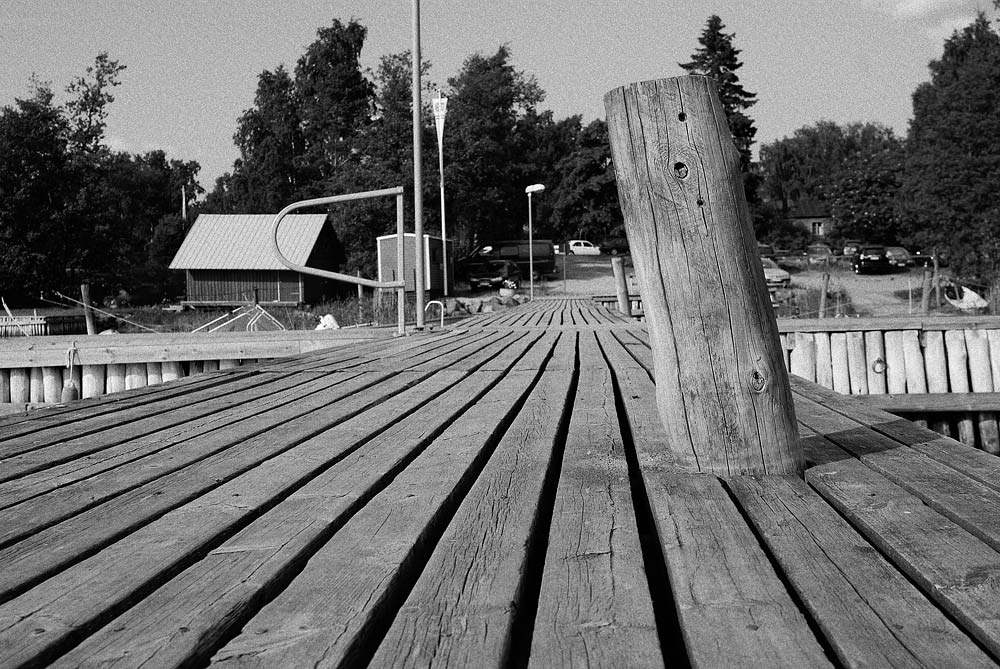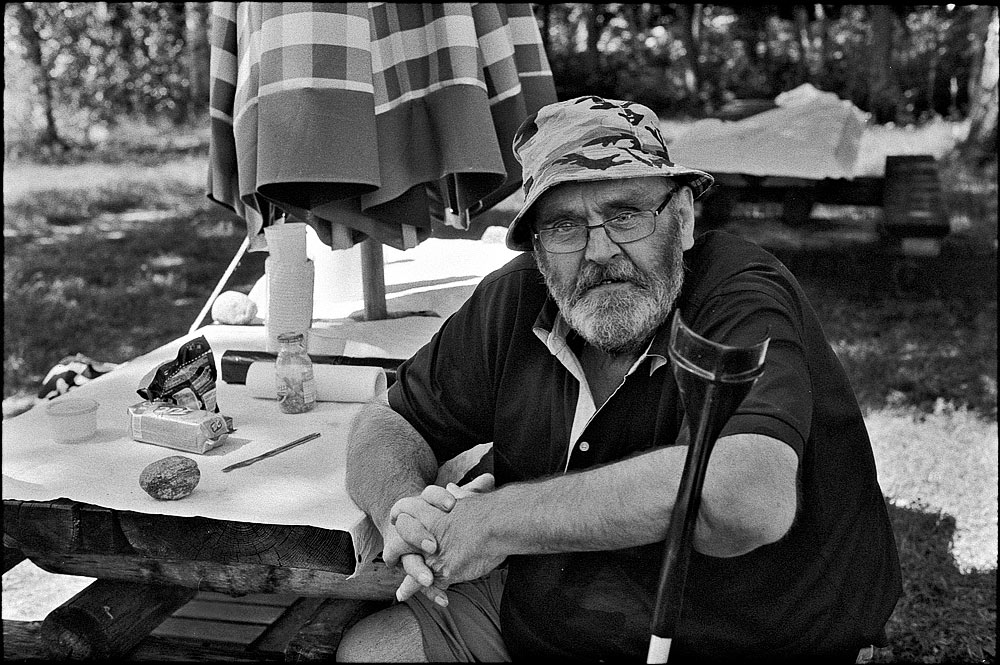Stuart John
Well-known
The first shot I posted is digital it is on page 1 of this thread the second shot on page 2 is film Neopan 400.
He ran out of shoe boxes.What's this about Salgado having difficulty preserving his works on film? Anyone know what that means?
This forum is for photo 'software' ... good that you could drop in to give us the usual 'use real film' sermon that we've come to expect in these threads!
Try not to slam the door on your way out ... thanks! 😀

When I was your age, we remembered stuff. All this representin' of reality is hogwash!
Please do... I'm very interested.





What's this about Salgado having difficulty preserving his works on film? Anyone know what that means?













Thanks John. I think your neopan 400 in Rodinal is still the best looking sample shown here overall.
Nick I agree what you are saying. These programs are simply a matter of making the work easier (PP work). The question is. Does is work, will it make pp times shorter, and will the results be useful?
For me the jury is not yet in. I can see making presets in A3 that could do what this program is doing. Could I develop the presets that DXO has for EUR45 worth of my time..... not a chance. If they labeled the program with a name that did not infer film types but rather profile types ("monochrome low contrast medium grain with open shadows" as one type of profile) for example. This whole film vs Digital holy war aspect of what this program is would be meaningless. Take the program for what it is and it may be quite useful. I'll spend a few more hours deciding for myself. The "film" names they have applied to the profiles at this point mean nothing but names of any sort to me.

